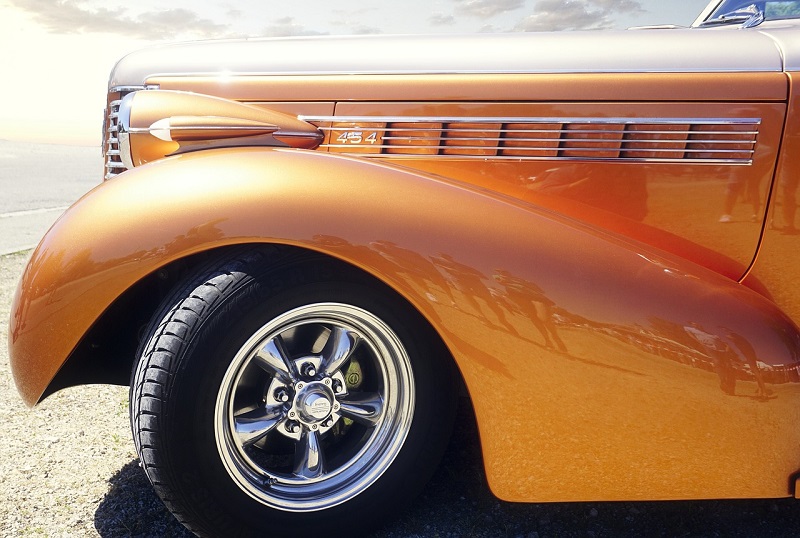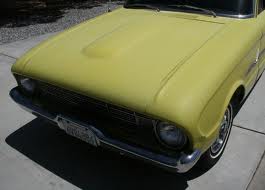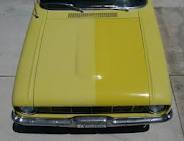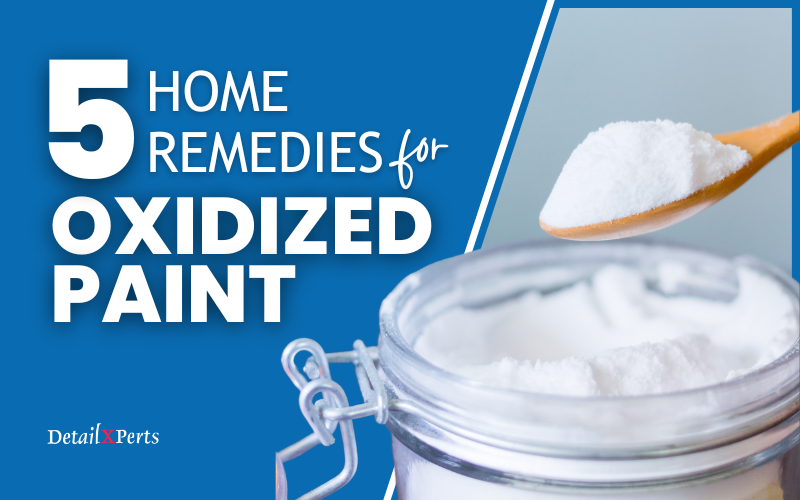There are three levels of car paint oxidation – light, moderate, and heavy. Each one requires a different resolution with a different product. It is a concern you might want to address right away to avoid your car paint from flaking off.
Car Paint Oxidation Levels
If you leave your car out in the elements without protection, the paint will most likely oxidize. The first level of oxidation – light oxidation – will happen and you will not notice it over a period of a month or more. You can treat it with regular paint cleaning and polishing. Waxing your car after each cleaning will also help protect your car’s paint.
The second level is moderate oxidation. Just like light oxidation, you can easily repair it with a cutting polish.
The hardest to deal with is heavy oxidation. This can happen if you leave your car unprotected for over a year. This type of oxidation appears dull and chalky. It may even be difficult to restore it. However, there are products you can try before getting a paint job. An example of a product you can use for heavy oxidation is XMT Heavy Duty Swirl Remover #4 Polishing Compound.
Car Paint Oxidation Removal Tips
If you are trying to remove the oxidation from your car paint, keep the following tips in mind:
Cleaning
Find a cool, well-shaded place to do all the cleaning and polishing. The temperature should be between 70 to 75 degrees. This will prevent your car from accumulating dust and water spots from forming. Before beginning the oxidation removal process, it is important to remove all dirt. You can let your car dry slowly in your work shade.
Polishing
Next step is to polish your car with a compound. There are two major compounds you can use to remove oxidation: polishing compound and rubbing compound.
A polishing compound can be used on light to moderate cases of oxidation. If you do not have enough experience in using a buffer, it is recommended to do it by hand to avoid getting car swirls. It might take longer to complete the process by hand, but it will be unlikely to cause further damage to your vehicle.
For heavily oxidized paint, you may want to consider using a more powerful material like a rubbing compound. Apply it on the affected area with just the right pressure to remove the oxidation without damaging the paint underneath.
Always apply the compounds in a small, inconspicuous area, work it in, then remove it right away. Also, use a wet, clean cloth to apply the compound to avoid swirl marks. Then, wipe it off with a dry soft cloth. Remember to work with the least abrasive polish and work your way up if the least abrasive polish doesn’t do the job. Continue rubbing the area until you remove all the white chalky substances. Occasionally change to a new, clean towel to avoid swirl marks.
Waxing
After working the compound in and removing all the oxidized coat off your car, it is now time to wax. Remember, what comes after cleaning is polishing and after polishing is waxing. It provides a protective layer on your car. Wax it as you normally would. Wax your vehicle once a month or a couple of months. This reinforces your car’s protection. Therefore, it will make it more resilient to oxidation.
To prevent car paint oxidation from appearing, you might want to keep your vehicle clean at all times. It is important to remember that UV rays and the elements break down the paint on your vehicle and cause oxidation. To help slow down the process, we recommend that you keep your vehicle in a garage or covered and protected from the sun. If you have any concerns about your car’s surface, consider consulting a professional detailer.
Enjoyed this post? Sign up for our newsletter to receive more valuable tips, ideas, coupons, and extras!







